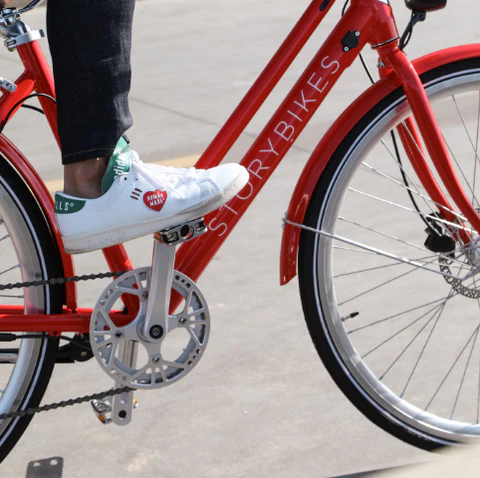One of the most exciting features of electric bikes is their pedal-assist system (PAS). This technology allows the motor to engage when you pedal, making it easier to ride faster, longer, and farther than on a traditional bike. While all e-bikes have some form of PAS, the systems can vary significantly in how they work and what kind of experience they offer. There are two main types of pedal assist systems: torque sensing and cadence sensing. Both activate the motor based on your pedaling, but they do so in different ways. These differences can impact everything from how smooth your ride feels to how long your battery lasts. Understanding the differences between these systems can be confusing, especially if you're new to e-bikes. With so many options available, it's easy to feel overwhelmed by the technical terms. But don’t worry — we’re here to break it down for you. In this article, we’ll explain the key differences between torque and cadence sensing systems, their advantages, and when each might be the better choice for your riding needs. Cadence sensing systems use a sensor that detects the rotation of the crank arm. When you start pedaling, the sensor triggers the motor to provide assistance. It acts like a switch — turning on when you pedal and off when you stop. You can adjust the level of assistance manually, depending on your preference. The main benefit of cadence sensing is its simplicity and lower cost. These systems are generally easier to install, which makes them a common choice for budget-friendly e-bikes. However, they may not perform as well on hilly terrain, where the abrupt on/off nature of the assist can feel less natural. Torque sensing systems are more advanced. Instead of just detecting whether you're pedaling, they measure the force you're applying to the pedals. This means the motor can respond more precisely to your efforts, providing the right amount of assistance at the right time. For example, if you start climbing a hill and push harder on the pedals, the torque sensor will detect this and increase the motor’s support. On flat ground or downhill, the assist will reduce or even turn off completely, helping to conserve battery power. While torque sensing systems tend to be more expensive, they offer a smoother, more intuitive ride and are more energy-efficient. This makes them ideal for riders who frequently tackle varied or hilly terrain. One of the biggest differences between the two systems is the smoothness of the ride. Cadence sensors can feel a bit abrupt, switching on and off with every pedal stroke. This can lead to a jerky or unresponsive feel, especially when you're trying to maintain a steady pace. Torque sensing, on the Other hand, provides a more seamless experience. Since it responds to the actual force you're applying, it adjusts the motor support in real-time, making your ride feel more natural and efficient. Another important factor is battery life. Cadence systems rely on the speed of your pedaling to determine when to engage, which can sometimes waste power when you're not really needing it. Torque systems, however, only provide assistance when you're actively pushing the pedals, leading to better energy efficiency and longer range. If you mostly ride on flat roads and don't mind a slightly less refined ride, a cadence sensing system could be a good fit. It’s usually more affordable and sufficient for short commutes or casual rides. But if you're looking for a more responsive, comfortable, and energy-efficient ride — especially if you'll be navigating hills or want to go further on a single charge — then torque sensing is the way to go. It’s a better long-term investment, offering adaptability as your riding needs evolve over time. Ready to take the next step? Our e-bikes are designed with both performance and affordability in mind. Whether you're commuting, exploring, or just enjoying the ride, we have a model that fits your lifestyle. Plus, for every bike we sell, we send one to a student in Zimbabwe — because everyone deserves the freedom of movement. Explore our collection today and find the perfect e-bike for your journey. If you have any questions, feel free to reach out — we’re here to help! Cheese Melter Cheese Melter,Raclette Melter,Commercial Cheese Melters,Double Plate Cheese Melting Machine Yilian Smart Manufacturing Co.,Ltd , https://www.ylcrepemaker.com
Cadence Sensing: How It Works
Torque Sensing: A Smarter Approach
Torque vs. Cadence: Key Differences
Which One Is Right for You?